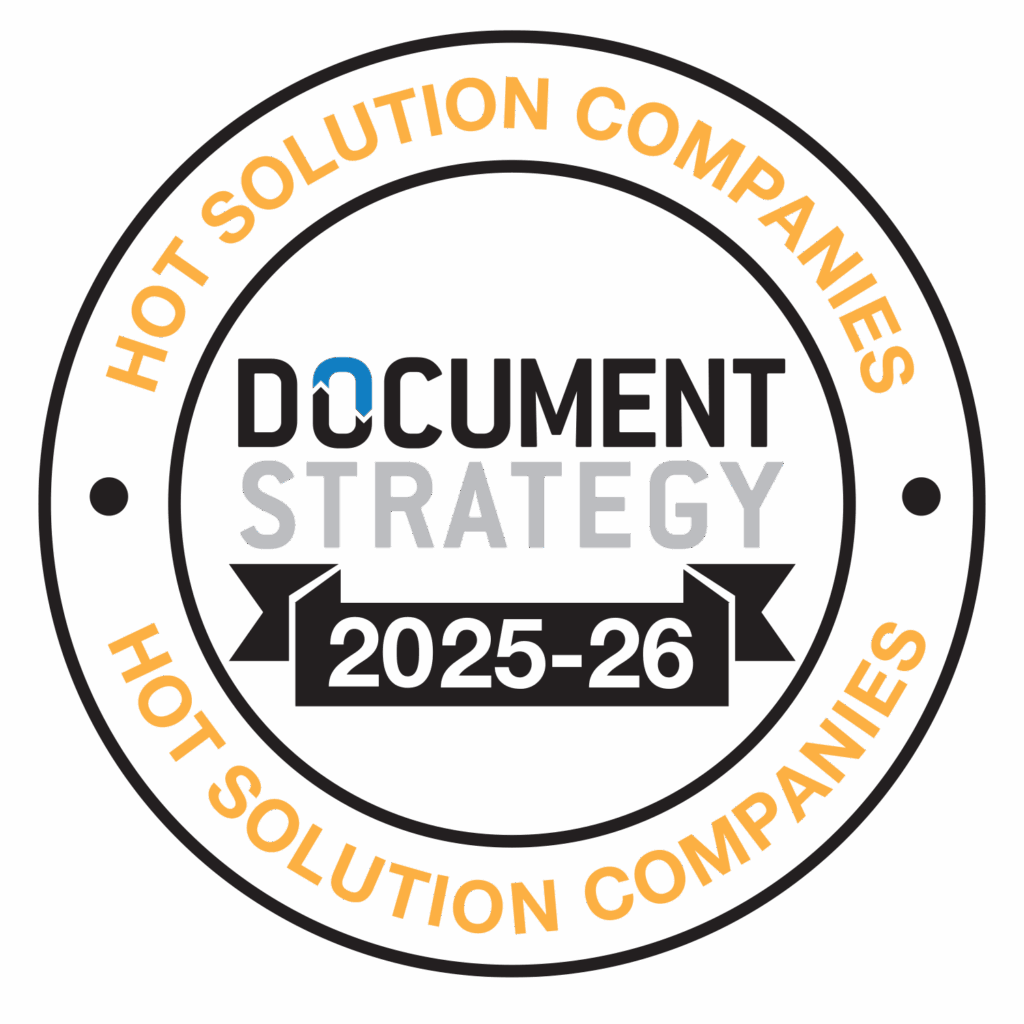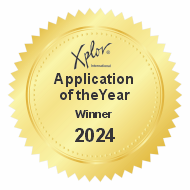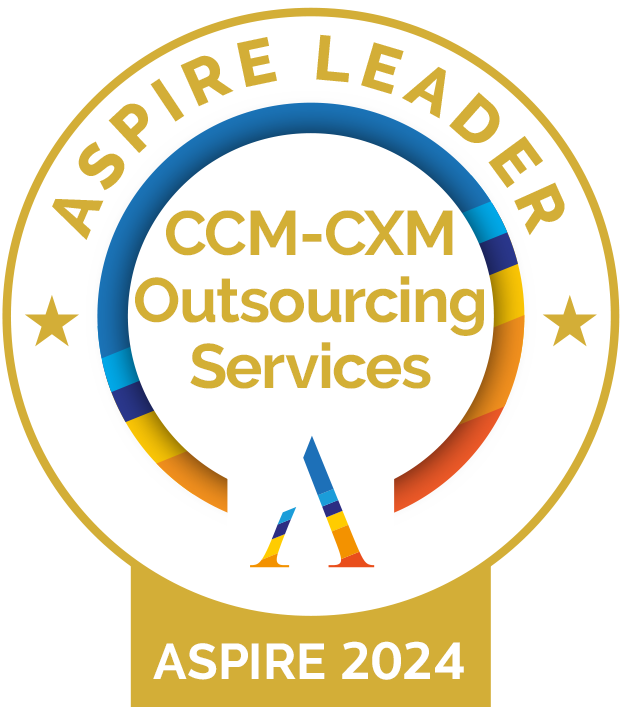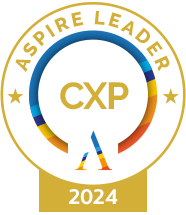Consumer Needs & Expectations are Changing
In my time working within the Customer Communications Management (CCM) industry, I have seen how consumer needs, when it comes to communications, have evolved and how the regulated communications space has made changes to keep up. But are those changes enough?
In a world of digital experiences, the document we send to clients has fundamentally not changed whether it be a digital or print version. As consumers, when we access these documents, it becomes more frustrating as our devices and habits change. We must move past the traditional approach of merely generating and sending regulated documents. The digital transformation of these documents presents an opportunity to enhance readability and overall customer experience.
Instead of treating regulated correspondence as a mere compliance checkbox, businesses should focus on ensuring that customers understand the content, can easily act, and can self-serve. It’s time to start thinking beyond the document in CCM.
The Traditional Approach to Regulated Documents
Historically, regulated documents like bills, statements, and compliance notices have been seen as necessary obligations. The primary focus was on ensuring that these documents were accurate, compliant with regulations, and delivered on time. While these aspects are undeniably important, this approach often overlooks the customer’s perspective. Traditional documents tend to be dense, jargon-filled, and difficult to navigate, leading to confusion and frustration among customers.
The Need for True Document Digital Transformation
We have a significant opportunity to transform how regulated documents are created and delivered. Digital transformation in CCM is not just about converting paper documents into electronic formats; it’s about rethinking the entire communication process to make it more customer centric. Here’s why this transformation is crucial:
- Enhanced Readability: Digital formats allow for better design and layout options across channels and devices, making documents more readable and engaging.
- Actionable Content: Customers should be able to quickly understand what actions they need to take. So, we need to provide interactive links and elements that help them take that action, whether it’s paying a bill or taking up a cross-sell offer.
- Self-Service Options: Digital documents can include self-service options that empower customers to resolve issues on their own. From allowing them to pay directly from a bill, giving them the opportunity to view and sort transaction details, or even providing smart AI enabled chat bots directly in the document.
Understanding the Customer Experience
Without clear change, we can no longer expect customers to switch from paper to digital without offering valuable alternatives. Making customers work to obtain information is no longer acceptable. Instead, we must enable customers to interact with their communications and support them at the point of need, wherever they are and easily consume information. This means providing mobile-friendly formats, intuitive navigation, and real-time access to documents. By prioritizing the customer experience, businesses can ensure that digital alternatives are not only available but also superior to traditional paper methods, driving greater adoption and satisfaction.
Conclusion
To truly excel in CCM, it’s essential to understand the customer experience from start to finish. Customers today expect seamless and intuitive digital interactions. Thinking beyond the document is essential for creating a more engaging and customer-centric experience. Digital transformation offers a wealth of opportunities to improve readability, make content actionable, and enable self-service. By focusing on these aspects, businesses can move away from the traditional checkbox mentality of regulated correspondence and towards a model that truly meets the needs of their customers. This shift not only enhances customer satisfaction but also drives efficiency and loyalty, ultimately contributing to long-term business success.





